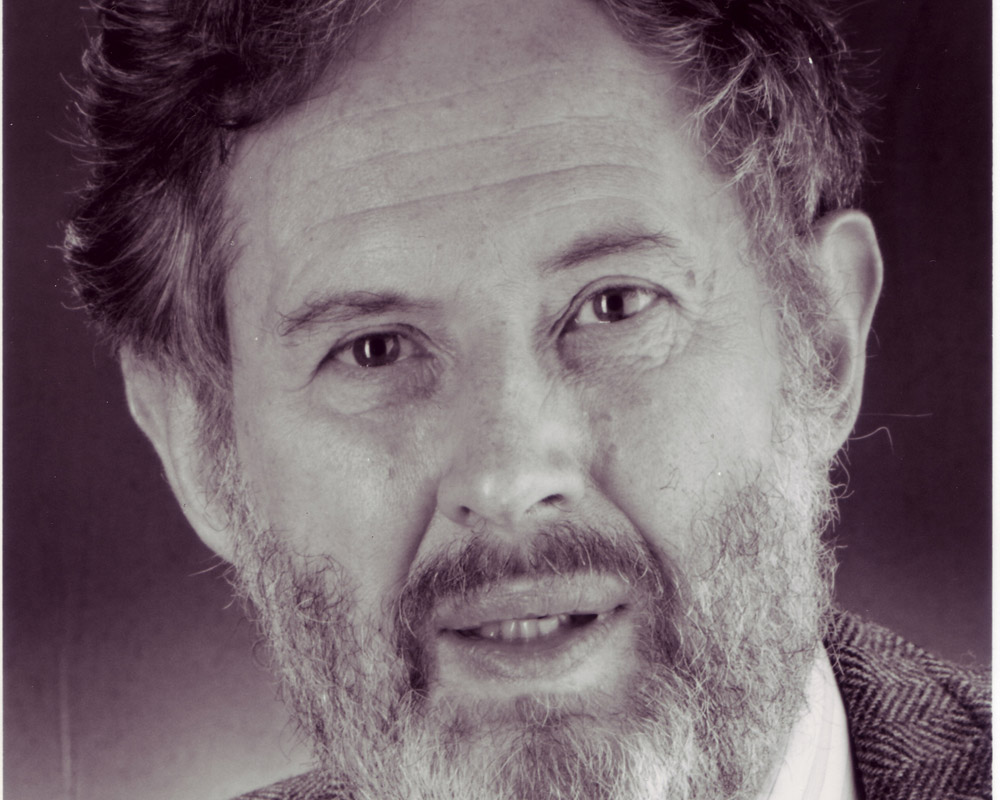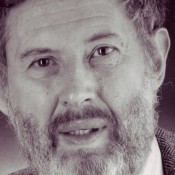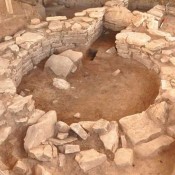“…Today, while there are not enough reasons to abandon the Aryan model without much opposition, there seems to be fertile ground to reopen the competition between it and the Ancient (model), which appears improved after the 1825 revelations, to convince us which of the two standards has greater evidentiary value.”
This is what Martin Bernal wrote in 1988 in his article “Greece, Aryan or Mediterranean?”, which appeared in Greek in the journal Archaiologia kai Technes (Archaeology & Arts) (issue 27, 6-10), on the occasion of the publication of Black Athena (three vols., 1987 to 1991), a work that created an unprecedented buzz in the area of Classical Studies.
The Aryan and the Ancient models mentioned in the article mean two different ways of perceiving ancient Greek identity, which were created and supported by Western European “think tanks” from the Renaissance to the modern era. Of these patterns, the Ancient model, formed during the Renaissance and Enlightenment, sees the ancient Greeks as both heirs and creative assimilators of the achievements of the ancient cultures of the Eastern Mediterranean. According to the Aryan model, which was prevalent in the 19th century and up to 1945, especially with the support of German scholars, the classical civilization is different and superior to the rest of the Mediterranean ones, being considered the result of the conquest of an indigenous population of Greece («προέλληνες» / “pre-Greeks”) by a ‘superior’ people who came from the North.
As Bernal observes, both schemes reflect the use of those Humanities centered on ancient Greece by the dominant powers of the early modern world “to prevent or avoid a revolution”; a relatively successful practice “despite some minor problems from radicals associated with the Philhellenic movement which moved in support of the Greek War of Independence in 1821”. In addition, the Aryan model was mostly associated with the effort to formally document racist theories which collapsed after the Holocaust. However, post-war, the Aryan model was transformed in a seemingly unpredictable way. Based on a 19th-century variant known as the Broad Aryan model, which viewed positively the affinity between Greeks and Phoenicians, it incorporated Israel into the West. “The Broad Aryanists – led mainly by Jewish scholars – are now gaining ground and will surely achieve their goal (i.e., to make the Broad Aryan model prevail in scientific theory) by the end of the century,” Bernal wrote.
Thirty-six years have passed since that text was written. Bernal passed away in 2013, and his theory eventually fizzled out despite never being refuted. In turn, it functioned as the fertile ground to support the subjectivity of ideas that were long regarded as facts. In the context of scientific debate, the Afrocentric theories that surfaced with the Black Athena may not have prevailed but revealed that the Eurocentric ones were equally weak. In some cases, the schemes that Bernal highlighted found a place in more recent theoretical schemes (e.g., the Ancient Model in Graeber and Wengrow’s Indigenous Critique). In others, the echoes of these theories have allowed alternative epistemologies for the past to be reconsidered (e.g., the theories of Cheikh Anta Diop regarding the interaction of African cultures with each other and with Mediterranean cultures). Such advances and opened new chapters in the research of generally well-studied cultures. An example is ancient Egypt, which is now considered in the context of a wider East African cultural sphere, especially together with ‘neighboring’ ancient Sudan (examples here, and here).
Concerning Greece at the dawn of the 21st century, Michael Herzfeld’s crypto-colonial theory came to shed light on Bernal’s questioned position of Philhellenism within the historical-political frame of the 19th century. In particular, Yannis Hamilakis documented more broadly how, as a crypto-colony, Greece was destined to be a buffer state of the West, with its cultural stock being used and appropriated by third parties at will to fulfill this purpose (“Yannis Hamilakis – There are other ‘archaeologies’ “, interview, Archaiologia kai Technes, vol. 126, 2018, 14-18). And in 2022, together with Raphael Greenberg, they identified and described how Greece shares its crypto-colonial fate with Israel (Greenberg R, Hamilakis Y. Archaeology, Nation, and Race: Confronting the Past, Decolonizing the Future in Greece and Israel. Cambridge University Press; 2022.; Greenberg R, Hamilakis Y, “Modernity’s sacred ruins: colonialism, archaeology and the national imagination in Greece and Israel”, Upper House Seminar, BSA, recorded video via Youtube).
In general, the patterns demonstrated by Bernal seem to fit into the narrative of the Myth of Modernity as conceived by Enrique Dussel. The Broad Aryan model seems to ‘personify’ the Myth of Modernity, especially during the current destructive war that plays on the dilemma of the self-determination or annihilation of anyone not organically integrated into a Westernized crypto-colony (Santiago Sablodsky, “In Solidarity With Palestine…” (round table, 23/01/2024, recorded video via Youtube). What is worth keeping in mind is that myths, as well as schemes, are both artificial and abstract. As a result, the critical theory of the present aims to examine and reveal the way these are constructed, putting Humankind above everything.
Zeta Xekalaki





